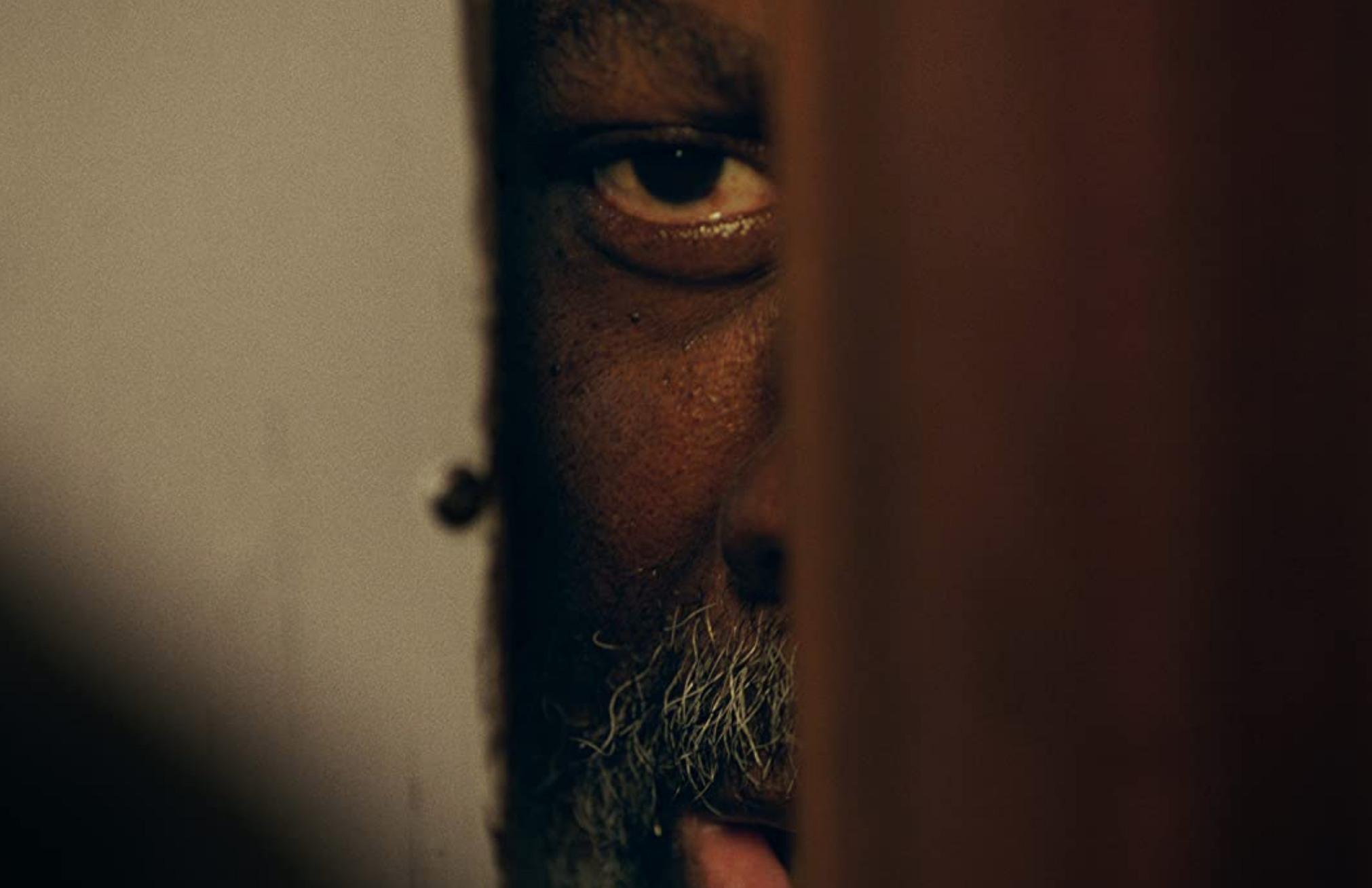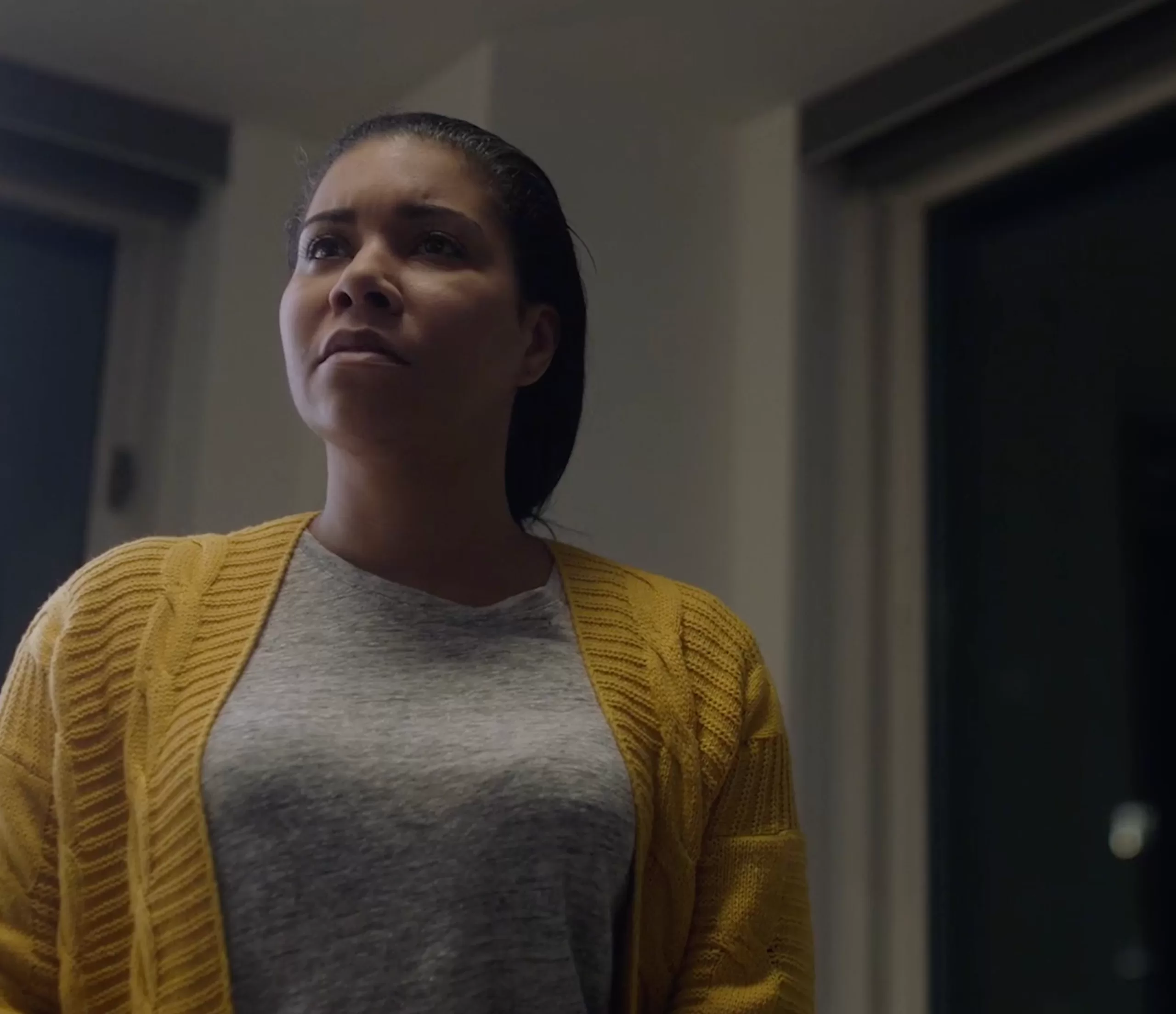MOVIE REVIEW: “The Killing of Kenneth Chamberlain”
There is no comprehensive government data on the topic of police brutality, no real accountability.
According to the Lancet more than half of all police killings since 1980 do not appear in official government data. The undercounted police killings, of black Americans, particularly, is odious.
Since the 2020 murder of George Floyd, more than a thousand people have died at the hands of the police, an average of three killings every day. Three killings. Per day.
A simple roadside stop, an encounter with someone mentally unstable, or a check on someone’s well-being can lead to the murder of unarmed black men and women.
It’s a headline that’s much too common.
On November 19, 2011, in White Plains, New York during the early morning hours, Kenneth Chamberlain Sr., a sixty-eight year-old former marine with a heart condition and a history of mental health problems, accidentally pressed the button on his medical alert while sleeping.
Police were dispatched to Chamberlain’s residence in a public housing apartment. What transpired was an escalating danger due to racial prejudice by the police.
It all came to an end when armed police in tactical gear forced their way into his apartment (even after he stated multiple times that he was okay). Chamberlain was shot. He died later in hospital.
Writer/director David Midell puts us in that apartment and in the hallway with the officers.
In Midell’s “The Killing of Kenneth Chamberlain,” Frankie Faison is nothing less than eminently powerful as Chamberlain, the film’s center of gravity. Faison is an actor who has been around a long time and has always given memorable performances in many popular films (“Do the Right Thing,” “Silence of the Lambs,” “Coming to America,” among others). His work here is award-worthy. It’s also heartbreaking.
The responding officers are played by Steve O’Connell, Enrico Natale and Ben Marten; each one doing frighteningly realistic work. Apart from Natale’s Officer Rossi (who see that all is evidently not copacetic), these are examples of police not breaking under pressure but of hateful men. Hate for the lower rent area they must be called to in the wee hours. Hate for a man having the nerve to inform them that they have no legal right to enter his home. And, finally, a hatred of blacks.
Chamberlain’s very real fear of police represents the fear of black men, women, and children living in America, then and now. Paranoia and pure racism, that lead to violent rage.
The police (the ones in this and frequent real-life incidents) see what is happening as a challenge to their authority and power. They didn’t want to hear of Chamberlain’s mental or medical issues. It became a moment of “How dare he question us!”. They no longer cared about a wellness check. Now, they were defiantly entering the residence for only one reason, to assert authority and affirm power.
When the officers begin the assault on Chamberlain’s apartment, Camrin Petramale’s cinematography becomes a tapestry of well-place tight shots that enhance the desperation and claustrophobic nature of the situation.
Enrico Natale’s expert editing paces the film perfectly, a spark now a three-alarm fire and not a thing is going to stop it.
Several of the responding officers had previous complaints of using excessive force and abuse of power.
Midell ends his film with Chamberlain’s son narrating photos of his father. “My father loved me and I loved him.”
David Midell’s “The Killing of Kenneth Chamberlain” is an important and powerful film about hate, racism, and murder.
What we see here actually happened. And around us it is still happening.
news via inbox
Nulla turp dis cursus. Integer liberos euismod pretium faucibua



